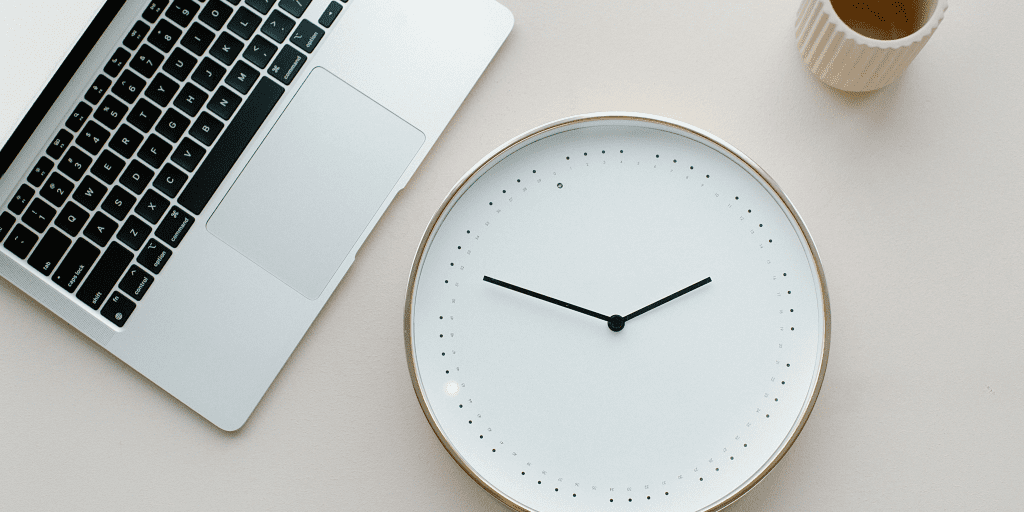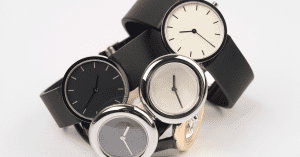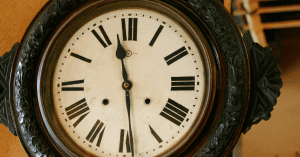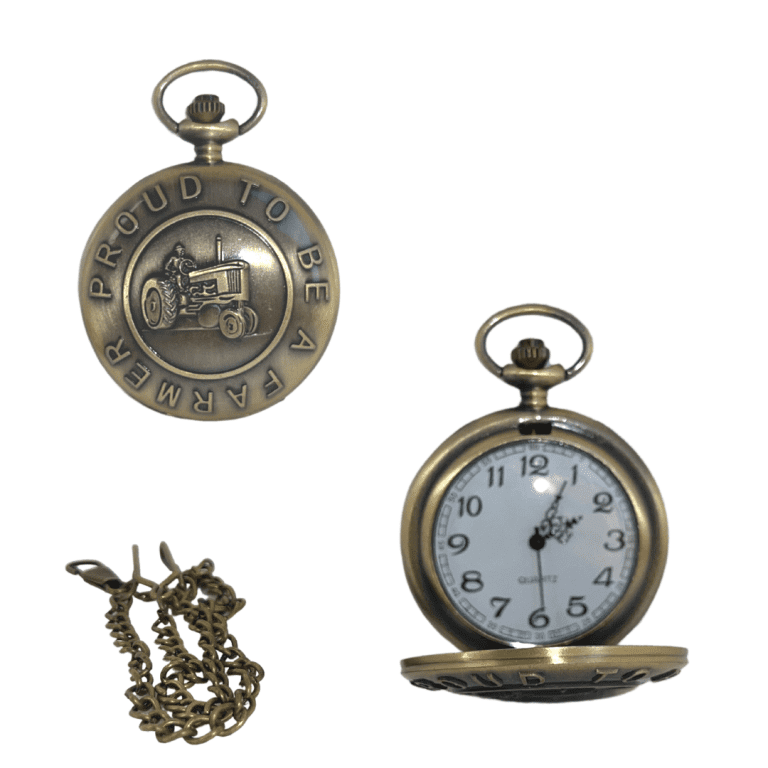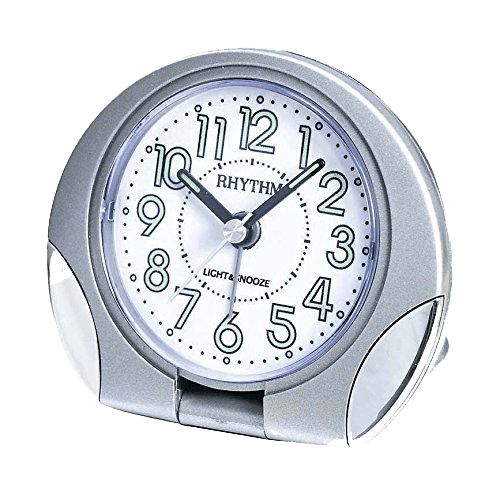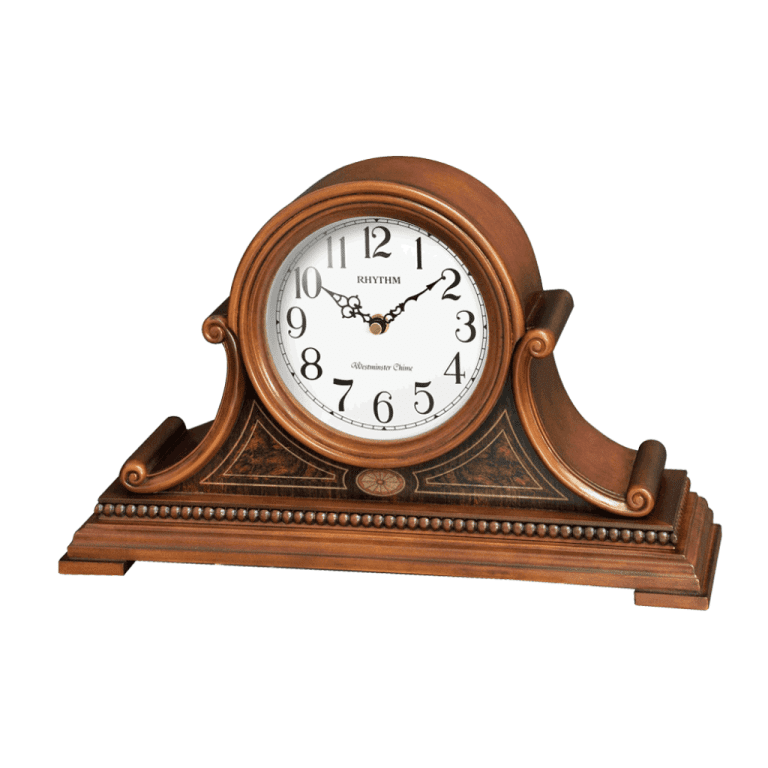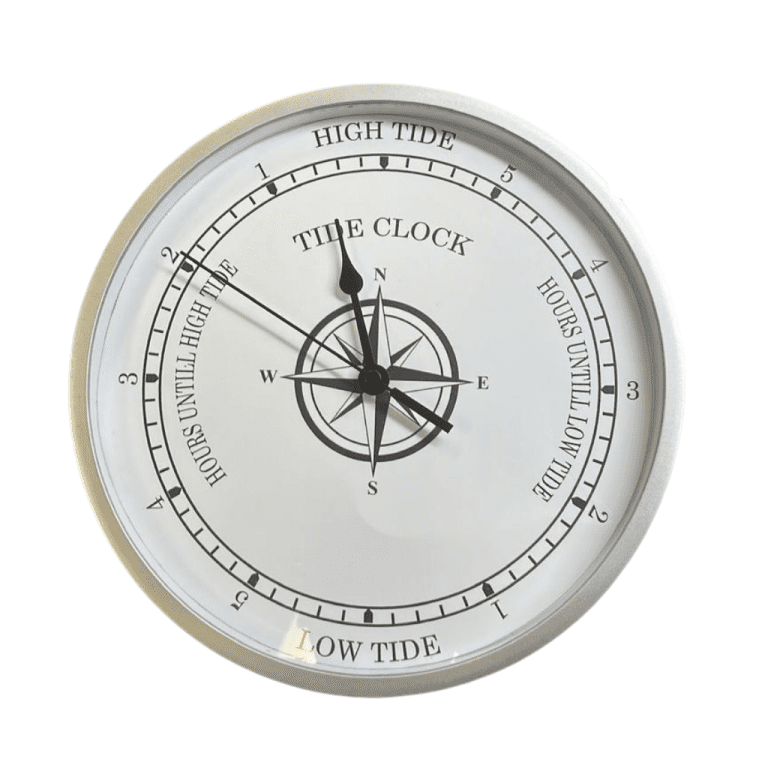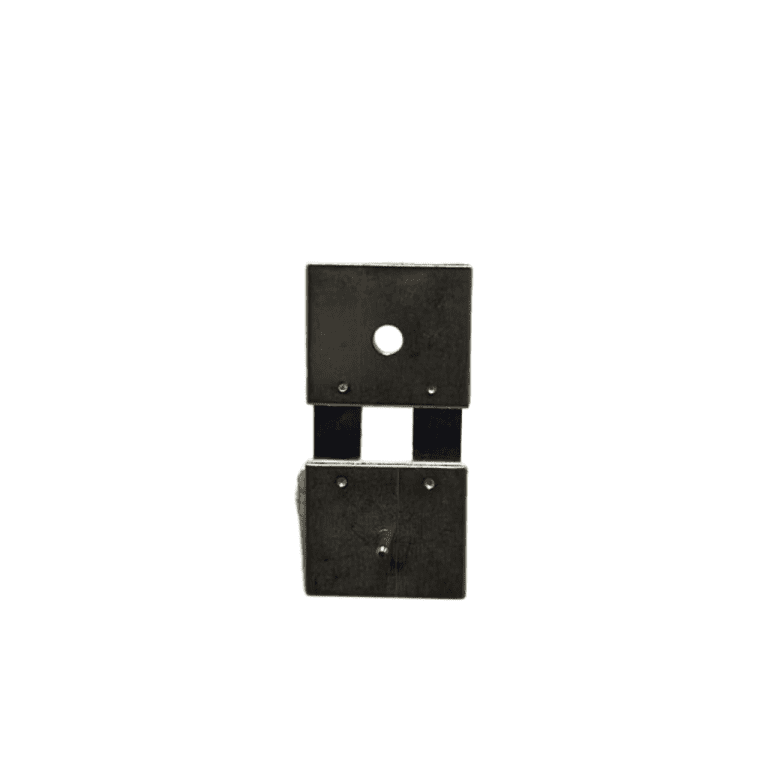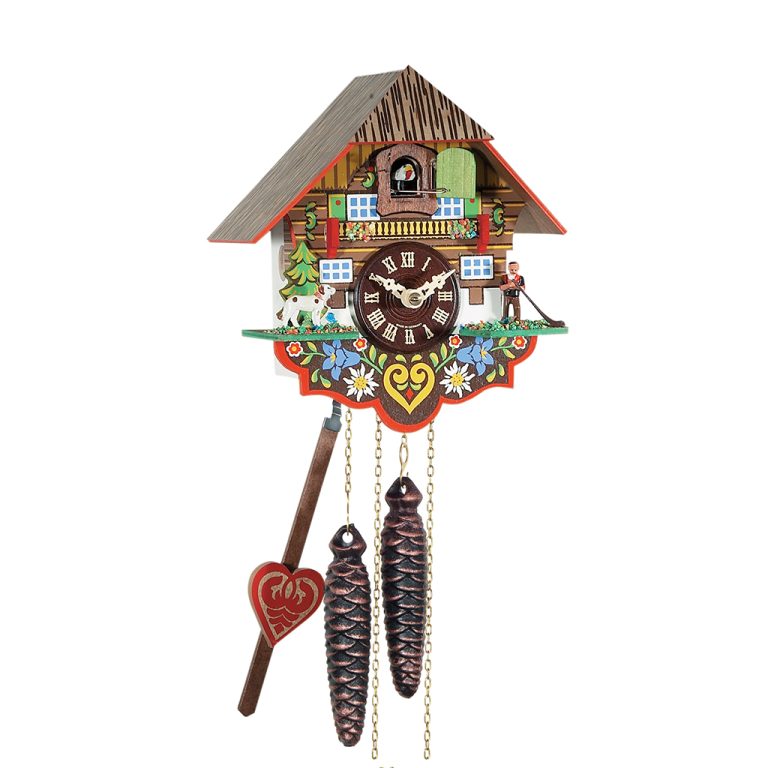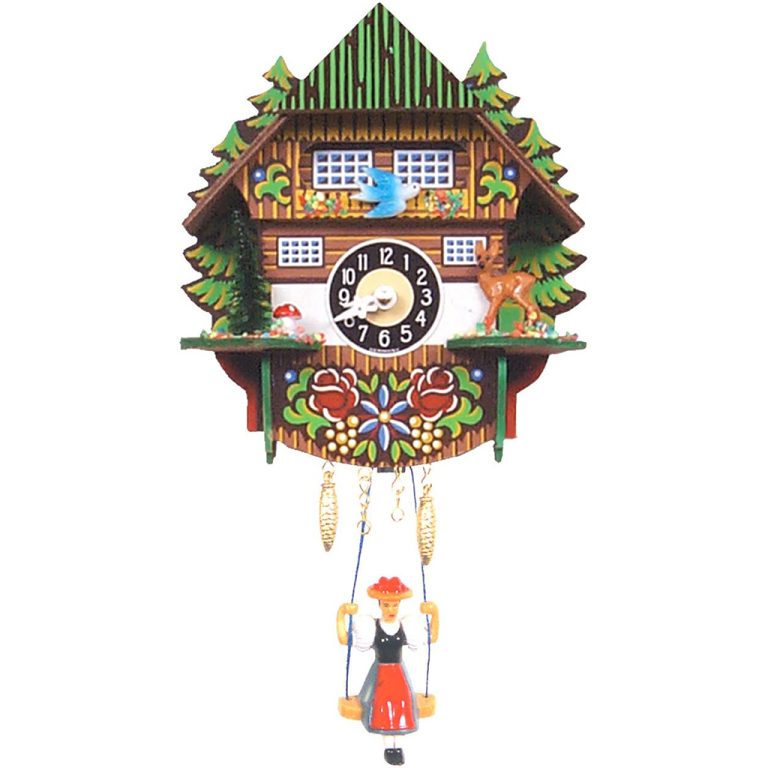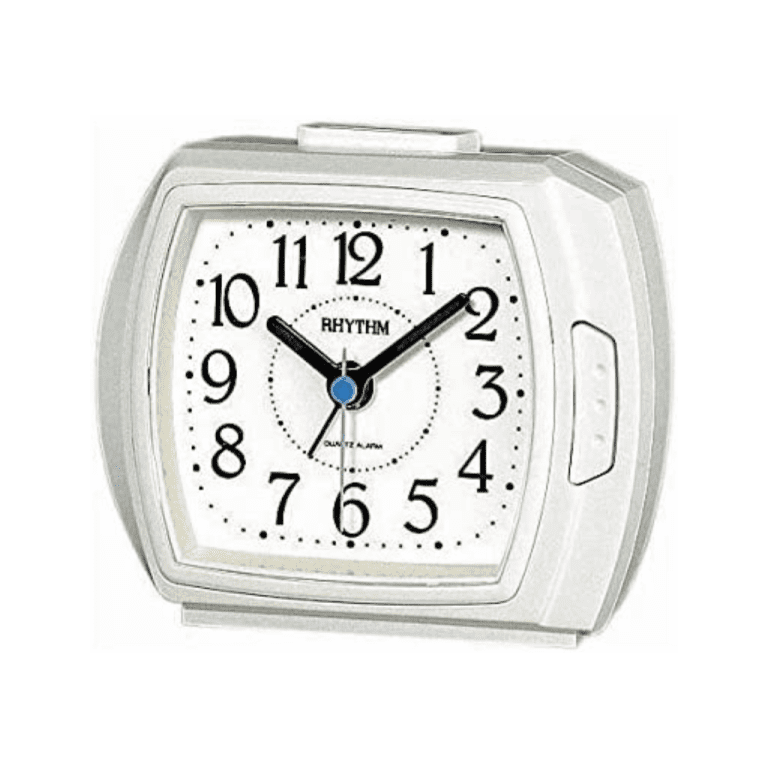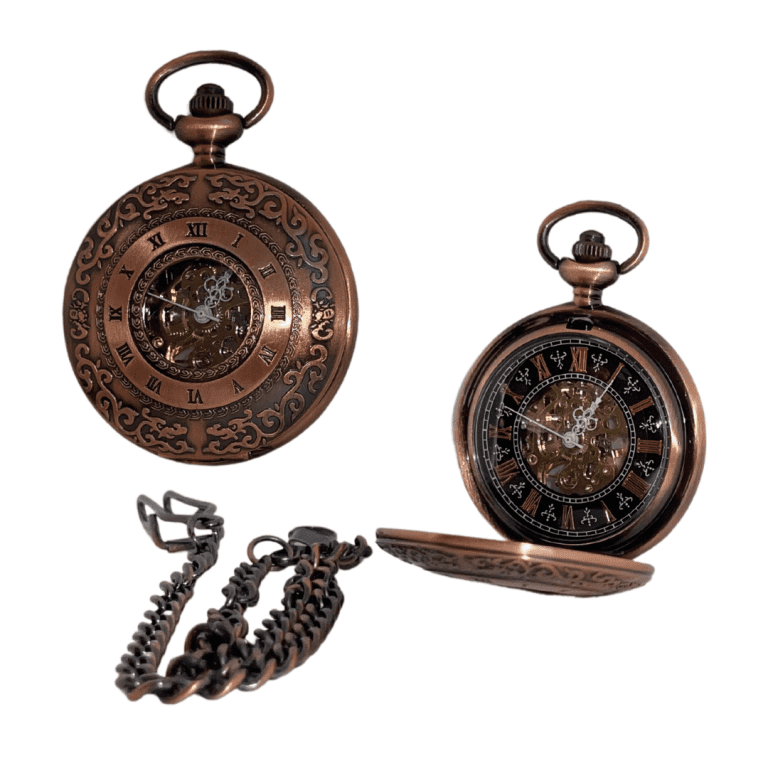As far as records are maintained in the history, the first clock by Henlein was made in 1510 and by 1541, he was well known for his art and was called in different parts of Europe.
After years of calculating time using the movement of the sun, stars and other means, humanity finally developed a device that precisely calculated one universal time for all through means of science and mechanics.
Though various locksmiths and different people from different communities invented different methods for calculating time, it was Peter Henlein, a locksmith from Nuremburg, Germany, who is credited with the invention of modern-day clock and the originator of entire clock making industry that we have today.
As far as records are maintained in history, the first clock by Henlein was made in 1510 and by 1541; he was well known for his art and was called to different parts of Europe to design the most beautiful clocks for palaces and big clock towers.
He also started designing small and portable watches which were fashionable and easy to carry around. These were either used as pendants or bracelets.
The first mechanical watch
The Pomander Watch is the oldest mechanical watch ever recorded in history. It functions like the modern watch today with 12 hours on the dial indicated by the hand.
- Case: copper, gold-plated on the outside, silver-plated on the inside, 45 mm in diameter, 38.5 grams in weight, three feet on the bottom
- Movement: 36 mm in diameter, 54.1 grams in weight, iron, hour wheel with four teeth, upper plate skeletonized, chain and fusée, regulating arm with holes for 2 hog’s hairs, approx. 12-hour power reserve
- Function: Hour shown by one hand
However, till the 17th century, sundials were long used for measuring time as watches were still considered as a luxury and were very expensive.
Moreover, the time calculated in Henlein’s spring designs wasn’t accurate and it was still calculated with the sun as the reference time instead of setting one standard time as reference.
How the modern day method to check time came to be
It was only in 1885 that the international system of units set GMT (Greenwhich Mean Time) as the standard for the rest of the world.
It is not yet known as to why numbers till 12 and multiple of five are used to calculate the exact time but it goes back to Egyptians dividing their day into 12 small parts in their sundials.
The importance of the number 12 is typically attributed either to the fact that it equals the number of lunar cycles in a year or the number of finger joints on each hand (three in each of the four fingers, excluding the thumb), making it possible to count to 12 with the thumb.
Minutes and seconds, however, were not used for everyday timekeeping until many centuries.
Clock displays divided the hour into halves, thirds, quarters and sometimes even 12 parts, but never by 60. In fact, the hour was not commonly understood to be the duration of 60 minutes.
Credited to: https://www.indiatoday.in/

